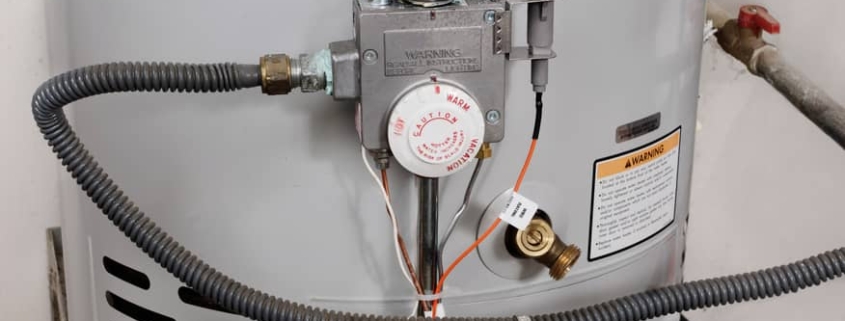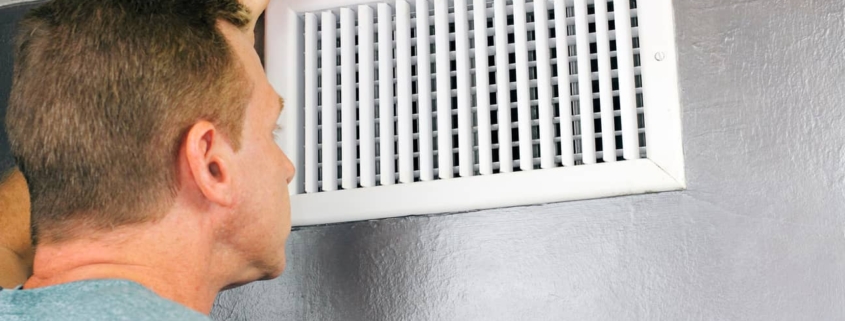Imagine waking up on a cold day and you are just wanting to take a hot shower to warm your body’s internal temperature. You step into the shower and there is nothing but cold water coming out. No matter how far you turn that faucet handle, cold water keeps spewing out. Immediately, you realize your water heater is not doing its job. It is time to reset the water heater. How to reset the water heater? Check the breaker and flip it to the on position. Then, push the red reset button on the water heater.
Let’s take a look below at what else might be involved with the water heater reset button.
Why Is There A Reset Button?
The electric water heater reset button on the water heater is meant to stop the power flow to the water heater. The safety feature is meant to kick in when the thermostat isn’t working properly or if there is a power surge. The reset button will keep the water in your water heater from getting too hot.
How Do I Locate And Reset The Water Heater?
Locating the rest button can be rather simple. Typically, the button is red and located near the thermostat. It can also be found behind the metal access panel that can be removed from the unit.
Keep in mind that there might be a lower thermostat button that could be a second reset button. You can push this and release it to determine if the heater will trip again. If the heater trips the breaker after pushing either reset button you will need to call a professional.
In short, to reset the electric water heater, flip the breaker off, push the reset button, and flip the breaker back on. If the water heater doesn’t trip off, then your reset button worked. If the breaker continues to trip, then you call a professional.
What Are Some Reasons For The Water Heater To Stop Working?
Believe it or not, the water heater could stop working for other reasons beyond a faulty reset button. Let’s take a look below at what some of those other possibilities might be.
- A faulty thermostat will prevent the water heater from working correctly.
- There is a malfunctioning reset button on the hot water heater.
- The home has electrical issues and nothing to do with the water heater parts.
- A loose wire in the water heater can cause it to trip the breaker by heating the water too high and the high-limit switch kicks in.
- If the high-limit switch isn’t working the water will get too hot. If the switch trips, it is malfunctioning or allowing the water to get too hot.
- If there is a short in the heating element the water might get too hot and trip the high-limit safety thermostat switch.
Other Recommended Maintenance
Now that you understand what the reset button is on a water heater and where it is located, you can read up on how long it takes a water heater to heat up the water. Once you have reset the water heater it will take some time to heat up the water.
Next, if you want to keep your hot water going for longer, you can learn about what you can do to make hot water last longer in your home.
Lastly, while you are getting your water heater looked at this is a great time to go over your winter maintenance checklist. One of those items on the checklist is your water heater. This will ensure that you have hot water during the winter months.
When Do I Call A Professional?
The moment that your water heater begins to trip or starts to not work, you will need to call a professional. A professionally licensed electrician will need to come out and check your circuit breaker to make sure that the circuit isn’t the issue. Also, consider calling on your local home inspection team. They can inspect your electrical system and water heater to see if the water heater needs to be replaced.
Conclusion
Having a functional water heater is a necessity for homeowners. Without a water heater, you have no hot water for showers or appliances. No hot water in a dishwasher means you cannot sterilize your dishes while being cleaned. Most water heaters will last between 8 and 12 years. If you maintain them properly, you will get the maximum lifespan out of a water heater. Typically, having to use the reset button is a minor issue. However, reach out to your home inspection team to inspect the entire water heater and your electrical system. Call on Blue Guardian Home Inspections for a full home inspection in Kendall, Kane, Dupage, and LaSalle Counties of Illinois.



